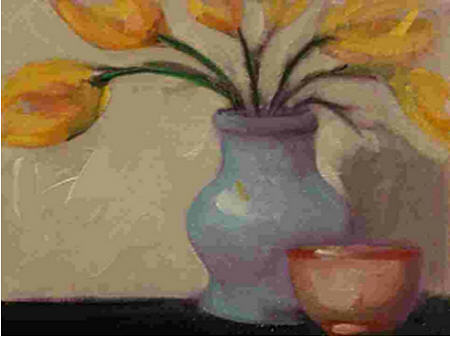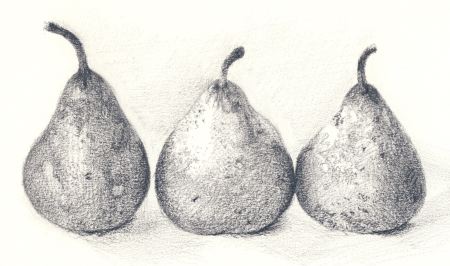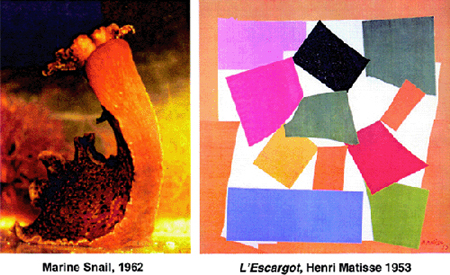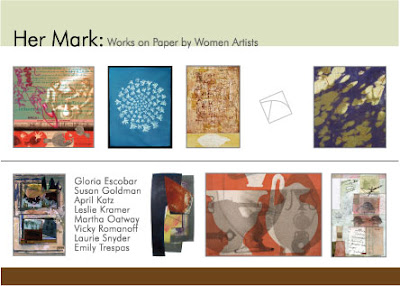Posted by Dion on March 18th, 2007
In one of Robert Genn’s recent newsletters he talks about a study of creative children that grow into creative adults. The psychologist Ellen Winner found that creative people choose their path very early in life and they often have similarities like; scholastic boredom, difficulty making friends, and social problems.
Here’s some more characteristics of creative people from Robert’s article..
- Visual perceptions that transcend everyday life
- Heightened responses to natural surroundings
- Sustained high standards of work ethic
- Early presence of mentor(s)
- Early formation of personal identity
- Tendency to do things in unique ways
- Preference to work autonomously
- Defiance or suspicion of conventional thinking
I think I suffer from (or am blessed with?) all of the characteristics above. Another funny observation that I have made over the years is that artists generally like other artists. It’s almost like we have joined some special club where the members are connected on a lot of different levels.
Perhaps it is the same connection that firemen, plumbers, or accountants feel when they get together, but I think it’s something more.
Posted by Richard Rothstein on March 18th, 2007

The Arts section of today’s The New York Times examines the strange history and odd future of an artist considered to be one of the geniuses of the 20th Century and possibly the greatest of the Abstract Expressionists. Ironically, he remains–by design–virtually unknown to the general public and this despite the fact that he may have been even more prolific than Picasso.

For those of you unfamiliar with Clyfford Still, he is most certainly the ultimate manifestation of an artist’s contempt for commercialism, museums, galleries and collectors. He is famous for denouncing the galleries and museums of the art world as Nazi gas chambers. After a brief period of selling and displaying some of his work, Still retreated to a remote farm in Maryland and spent the remaining decades of his life painting furiously, cursing critics and the commercial art world and hiding his work. In a one page will he specified that his body of work could never be sold, never be separated, never be shown next to another artist’s work and could only be shown to the pubic in a Clyfford Still museum that would be built by an American city and would exclusively house his entire collection.

more… »
Posted by Steve Durbin on March 17th, 2007

Yellow Tulip by Bob Martin

three pears by Hanneke van Oosterhout
I’ve been reading Fernando Pessoa, the quite unusual Portuguese poet. I really like the following poem from “The Keeper of Sheep,” translated by Richard Zenith.
Sometimes, on days of perfect and exact light,
When things are as real as they can possibly be,
I slowly ask myself
Why I even bother to attribute
Beauty to things.
Does a flower really have beauty?
Does a fruit really have beauty?
No: they have only color and form
And existence.
Beauty is the name of something that doesn’t exist
But that I give to things in exchange for the pleasure they give me.
It means nothing.
So why do I say about things: they’re beautiful?
…
How hard to be just what we are and see nothing but the visible!
Are the two works above about just the visible, or more than the visible?
Posted by Birgit Zipser on March 16th, 2007
Abstract versus representational painting: here are some some thoughts on this topic by Eric Kandel, an old colleague of mine, and Sarah Mack.
While artists are now wondering whether they are doing something important, scientists are all talking about art – Margaret Livingston, V.S Ramachandran, Robert Shapley and, as discussed here, Eric Kandel. Neuroscientist have invented the new discipline – neuroesthetics. This trend of neuroscientists getting interested in the arts reminds me of an earlier trend when molecular biologists, such Francis Crick, switched to the neurosciences.
Eric Kandel with his interest in learning and memory, studied a form of learned fear, in Aplysia, a seaslug, for nearly three decades.

more… »
Posted by Sunil Gangadharan on March 15th, 2007
Our everyday lives are bombarded by images and in a majority of cases what we see is not really the end of the story, it is what we perceive of the seen object that really tells us the story. People who suffer from a form of visual agnosia (called propagnosia – a condition associated with deficits in the right temporal lobe damage manifesting an inability to consciously recognize faces) suffer a remarkable problem in not being able to cognitively distil the details that they ‘see’ in every day life and hence perceive even the most mundane items to be things completely different. Famous among this is the case of Dr. P from Oliver Sachs’s book “The Man who mistook his wife for a Hat and other clinical tales” who actually mistook his wife for a hat and proceeded to wear ‘her’ and even mistook the author of the book for a grandfather clock. The man clearly perceived the world to be something completely different from what the rest of us saw and experienced as reality. Cases of perception being different from reality are also seen in religious symbols. I remember being in India at the time when stone idols of a Hindu god was purportedly drinking milk offered by devotees. I also remember reading the news where enterprising people saw images of their holy representatives on grilled cheese sandwiches. I also know that the same grilled cheese sandwich has been bought on e-bay for thousands of dollars. In fact Wikipedia has an interesting collection of such religious simulacra here. Reading reports of grilled cheese sandwiches and the like prompted me to create the following painting as a commentary on this phenomenon.

“Mugshots on grilled cheese sandwiches – new trends in religiosity” : Oil on canvas (3ft X 4ft)
How often do you use symbolism in your art? How do you manifest your art with a deeper agenda than what is outwardly seen and how often do people actually understand the symbology employed? How often do you have to explain your symbols with a descriptive title rather than the art ‘speak for itself’’?
Posted by Arthur Whitman on March 14th, 2007

The Ink Shop is one of Ithaca’s best and most consistent art exhibition venues. The level of work shown is generally high. Shows of prints by members or invited artists – as well as the occasional traveling exhibition – are almost always put together with evident thought and care. The latest show, curated the inimitable Christa Wolf (a member) is no exception. Entitled “Her Mark: Works on Paper by Women Artists,” it attempts to invoke the spirit of the female artists’ collectives of the seventies. In a welcome move, the selection of works goes beyond traditional printmaking to incorporate painting, drawing and collage.
More.
Posted by Steve Durbin on March 14th, 2007
For me, Art competes with Life.
Just a few minutes ago, while sitting here, thinking, I overheard my son tell my wife how his friend B.’s sister, C., was trying to starve her turtle because she wanted to get a new pet. On the sly, B. was feeding the turtle. B. admitted that he too wanted a new pet and had decided to stop feeding his fish. They were still alive, though, and he wondered if C. was feeding them. He was pretty sure that she was.
I suppose this is why my expectations for the art experience are pretty high. I look at a lot of work and it is always curious to me when and why a work thrills me and how some continue to do so?
I saw these photographs by Larry Sultan in San Francisco over fifteen years ago. I think about them often.
more… »







